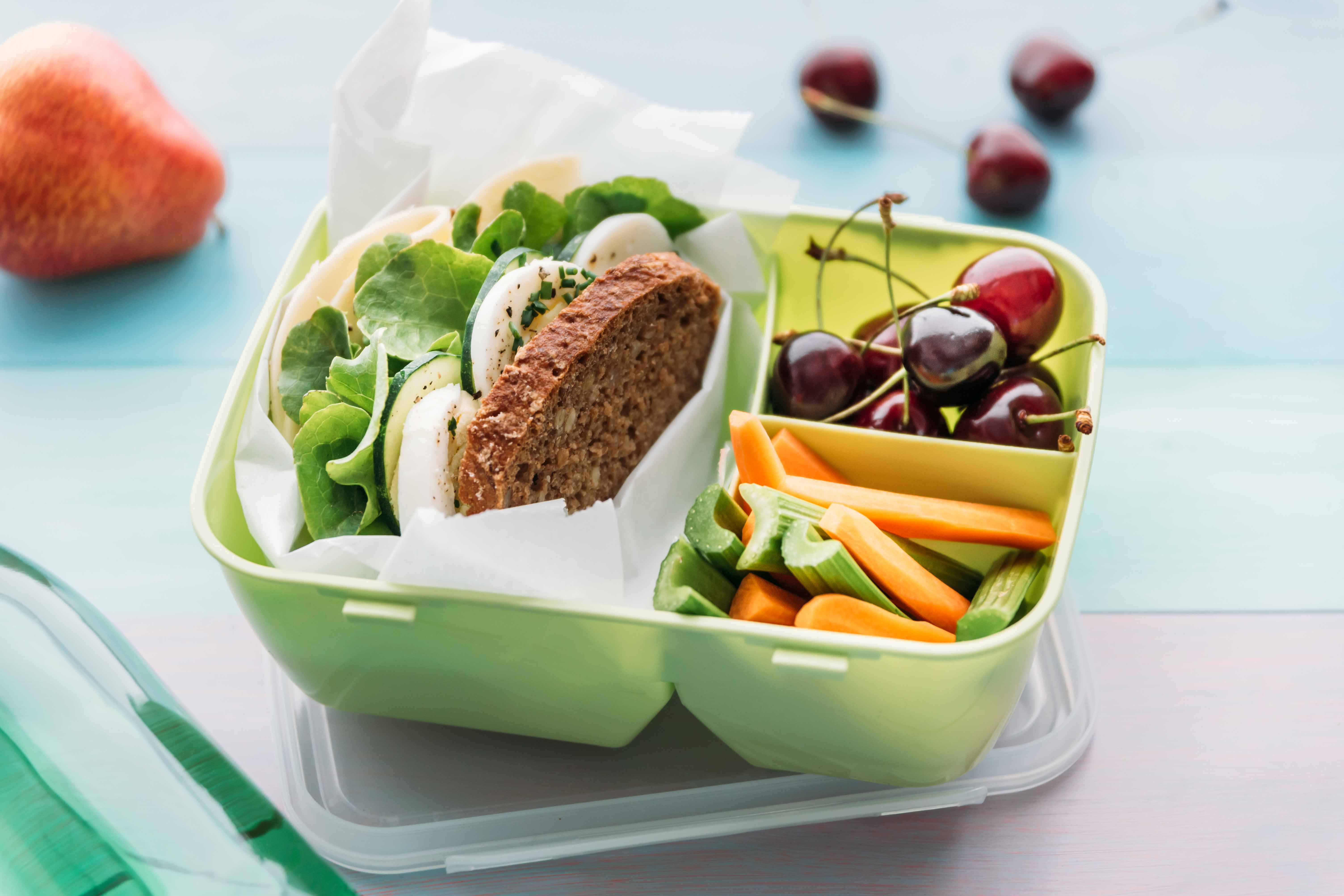

Articles
How To Make Lunch Box
Modified: January 7, 2024
Learn how to make delicious and nutritious lunch box meals with our informative articles. Get creative ideas and tips for packing a healthy lunch for yourself or your children.
(Many of the links in this article redirect to a specific reviewed product. Your purchase of these products through affiliate links helps to generate commission for Storables.com, at no extra cost. Learn more)
Introduction
Welcome to the world of lunch boxes! Whether you are a student, a professional, or a busy parent, packing a lunch box is an essential part of your daily routine. Not only does it save you money, but it also allows you to have control over the food you eat, ensuring that you have a nutritious and delicious meal.
In this article, we will explore the art of making the perfect lunch box. From choosing the right container to planning nutritious meals, and from preparing in advance to keeping food fresh, we will provide you with all the tips and tricks to master the lunch box game.
So, let’s dive in and learn how to make a lunch box that is not only practical and convenient but also a delight to open and enjoy!
Key Takeaways:
- Master the art of lunch box packing with the right containers, nutritious meal planning, and creative ideas. Enjoy delicious and satisfying lunches while saving money and making healthier choices.
- Elevate your lunchtime experience by preparing meals in advance, packing with care, and keeping food fresh. Embrace culinary creativity with fun and delicious lunch ideas for a delightful break.
Read more: How To Make A Lunch Box Drink
Choosing the Right Lunch Box
When it comes to packing a lunch box, the first step is to choose the right container. A good lunch box should be durable, leak-proof, and easy to clean. Here are a few factors to consider when selecting the perfect lunch box:
- Size: Consider how much food you typically pack and choose a lunch box that will comfortably fit your meals. It’s important to have enough space while ensuring that the lunch box is not too bulky to carry around.
- Compartments: Look for a lunch box with compartments or dividers. This will help you keep different types of food separate, prevent leakage, and allow for a better organization of your meals.
- Insulation: If you plan to pack hot or cold meals, opt for a lunch box with insulation to keep your food at the desired temperature. This is especially important if you don’t have access to a refrigerator or microwave.
- Material: Lunch boxes are available in various materials, such as plastic, stainless steel, or glass. Consider your preference and needs, keeping in mind factors like durability, eco-friendliness, and microwave-safe options.
- Easy to Clean: Look for lunch boxes that are dishwasher-safe or have removable inserts or trays for easy cleaning. This will save you time and keep your lunch box in top condition.
Remember, choosing the right lunch box is crucial as it determines the overall functionality and convenience of your meal-prep routine. So, take your time, do some research, and invest in a lunch box that meets your specific needs.
Planning Nutritious Meals
Packing a lunch box is not just about throwing in random food items. It’s an opportunity to nourish your body with nutritious meals that will keep you energized throughout the day. Here are some tips to help you plan and pack healthy lunches:
- Balance your macronutrients: Aim to include a balance of carbohydrates, proteins, and fats in your lunch box. This will provide sustained energy and keep you feeling satisfied. Consider including options like whole grains, lean proteins, and healthy fats like avocados or nuts.
- Load up on fruits and vegetables: Make sure to include a variety of colorful fruits and vegetables in your lunch box. They are packed with essential vitamins, minerals, and fiber. Try incorporating a mix of raw vegetables, salads, or roasted veggies as side dishes.
- Choose lean proteins: Protein is important for muscle growth and repair. Opt for lean protein sources like chicken, turkey, fish, tofu, or legumes. Consider packing a small container of Greek yogurt or a hard-boiled egg for an extra protein boost.
- Include healthy snacks: Keep hunger at bay and prevent mindless snacking by including healthy snacks in your lunch box. Pack a handful of nuts, a piece of fruit, or some homemade energy balls to satisfy your cravings between meals.
- Stay hydrated: Don’t forget to include a water bottle in your lunch box. Staying hydrated is crucial for overall health and helps with digestion and concentration. Consider infusing your water with lemon or cucumber slices for added flavor.
Additionally, it’s helpful to plan your meals in advance. Spend some time each week to brainstorm meal ideas, create a shopping list, and prep ingredients ahead of time. This will save you time and ensure that you have all the necessary ingredients on hand to make healthy and delicious lunches.
Remember, packing a lunch box is an opportunity to nourish your body with the nutrients it needs. With a little planning and creativity, you can make each meal a tasty and nutritious experience.
Picking the Right Containers
When it comes to packing a lunch box, the containers you choose play a significant role in keeping your meals fresh and preventing any leaks or spills. Here are some considerations for picking the right containers:
- Airtight and Leak-Proof: Look for containers that have airtight seals to prevent any leaks or spills. This is especially important for items like soups, dressings, or sauces that can easily leak and make a mess.
- Durable and BPA-Free: Choose containers that are made of durable materials like plastic, stainless steel, or glass. Ensure that they are free of harmful chemicals like BPA (bisphenol A) to keep your food safe.
- Multiple Sizes and Shapes: It’s helpful to have a variety of container sizes and shapes to accommodate different types of food. Look for containers that can easily stack together for convenient storage and transport.
- Microwave and Freezer-Safe: If you intend to reheat your meals or store leftovers in the freezer, make sure the containers are microwave and freezer-safe. Check the labels or product descriptions for these specifications.
- Easy to Clean: Choose containers that are easy to clean, dishwasher-safe, or have removable parts that can be washed separately. This will save you time and ensure that your containers stay hygienic.
- Separate Compartments: Consider containers with built-in dividers or compartments. This allows you to keep different food items separate, preventing them from mixing together and maintaining their individual flavors and textures.
Having the right containers not only keeps your meals organized but also ensures that food stays fresh and appetizing. Investing in high-quality containers that meet your specific needs will make packing and enjoying your lunch box a breeze.
Remember to label your containers with your name or initials to avoid mix-ups and make it easier to identify your lunch box.
Preparing Meals in Advance
One of the keys to a successful and stress-free lunch box routine is preparing meals in advance. By setting aside some time to prep your meals ahead of time, you can save valuable time during busy mornings and ensure that you have nutritious and delicious meals ready to go. Here are some tips for preparing meals in advance:
- Meal Planning: Start by creating a meal plan for the week. Decide on the dishes you want to include in your lunch box and make a shopping list of the ingredients you will need.
- Batch Cooking: Prepare large batches of staple items like grains, proteins, or roasted vegetables that can be used as versatile components for different meals. This allows you to mix and match ingredients throughout the week, creating variety in your lunches.
- Prep Vegetables and Fruits: Wash, chop, and portion out vegetables and fruits in advance. This saves time during the week and makes it easier to quickly assemble salads, sides, or snacks for your lunch box.
- Portion Control: Divide your meals into individual portions. Use containers or bento boxes to separate different components of your lunch, ensuring that each meal is well-balanced and ready to grab and go.
- Freeze in Advance: If you have a busy week ahead, consider preparing meals in advance and freezing them. Soups, stews, or casseroles can be cooked in large batches, portioned out, and frozen for easy reheating later.
- Set Up a Meal Prep Station: Designate an area in your kitchen as your meal prep station. Keep essential tools, like cutting boards, knives, and measuring utensils, easily accessible to streamline your meal prep process.
By dedicating some time to meal prep on weekends or during less hectic days, you can simplify your lunch box routine and ensure that you always have a nutritious and satisfying meal at hand. Remember to store your prepped components in airtight containers in the refrigerator or freezer to maintain freshness.
Preparing meals in advance not only helps save time but also promotes healthier eating habits. It allows you to make mindful choices, control portions, and eat well-balanced meals throughout the week.
To make a lunch box, include a balance of protein, fruits, vegetables, and whole grains to ensure a nutritious and satisfying meal. Use compartmentalized containers to keep foods separate and fresh.
Read more: Who Makes The Best Lunch Box
Packing the Lunch Box
Now that you have your nutritious and delicious meals prepared, it’s time to pack them into your lunch box. Proper packing ensures that your food stays fresh, appealing, and easy to consume. Here are some tips for packing your lunch box effectively:
- Layering: Start by layering your lunch box with the sturdier items at the bottom. For example, place containers with salads, wraps, or sandwiches at the bottom to prevent crushing or any potential leakage.
- Separate Containers: Use separate containers for different food items to maintain their individual tastes and textures. Place items like fruits, veggies, or snacks in separate compartments or small containers to prevent cross-contamination and preserve their freshness.
- Consider Temperature: If you’re packing cold and hot items together, use an insulated lunch box or separate containers to ensure that the temperatures do not affect each other. This will help keep your cold foods cold and your hot foods hot.
- Include Utensils: Don’t forget to pack the necessary utensils, such as a fork, spoon, or chopsticks, depending on the type of meal you have. You can either include reusable utensils or disposable ones, depending on your preference and convenience.
- Add Ice Packs: If you’re packing perishable items or meals that need to be kept cold, make use of ice packs to maintain the temperature and freshness. Place the ice packs alongside the food items or in a separate compartment dedicated to keeping them cool.
- Balance Flavors and Textures: Aim for a well-balanced and satisfying meal by including a variety of flavors and textures. Combine different components like proteins, grains, vegetables, and fruits to ensure a delightful eating experience.
As you pack your lunch box, be mindful of portion sizes and avoid overfilling the containers. Leave some room to prevent any squishing or spilling of the food when closing the lid.
Lastly, seal your lunch box properly to maintain freshness. Check for any leaks or spills before placing it in your bag or carrying it around to avoid any messy surprises.
Remember, packing the lunch box efficiently ensures that you can enjoy your meals at their best, even when you’re on the go!
Tips for Keeping Food Fresh
Keeping your food fresh is essential to maintain its taste, texture, and overall quality. No one wants to open their lunch box to find wilted salads or soggy sandwiches. Here are some helpful tips to keep your food fresh:
- Use the Right Containers: As mentioned earlier, invest in airtight and leak-proof containers to prevent moisture from seeping in. This helps to keep your food fresh and avoids any unwanted mixing of flavors.
- Keep Cold Foods Cold: If you’re packing perishable items like salads, yogurt, or sandwiches with mayonnaise, include an ice pack in your lunch box. This will keep the temperature low and prevent bacterial growth.
- Separate Moist and Dry Ingredients: To maintain the texture of your food, separate moist ingredients like dressings or sauces from dry ingredients like bread or crackers. This will prevent items from becoming soggy and losing their desired texture.
- Pack Fresh Fruits and Vegetables Properly: If you’re packing sliced fruits or vegetables, sprinkle them with lemon juice to prevent browning. Additionally, consider using containers with compartments or dividers to keep them separate from other items.
- Keep Food at Proper Temperatures: If you plan to eat your lunch a few hours after packing it, keep it refrigerated until you’re ready to leave. Use a insulated lunch bag or cooler to maintain the temperature of your lunch box until mealtime.
- Avoid Overpacking: Fill containers to an appropriate level to allow for some airflow and prevent items from getting squished or compressed. Overpacking can also increase the chances of spills or leakages during transportation.
- Opt for Fresh Ingredients: Whenever possible, use fresh ingredients for your packed meals. Fresh fruits, vegetables, and proteins not only taste better but also retain their nutritional value and overall freshness.
- Consider the Order of Packing: Arrange your lunch box in a logical order to minimize contact between ingredients. For example, place bread or wraps on top of fillings to prevent them from getting soggy.
Remember, proper storage and handling are key to keeping your food fresh. By following these tips and being mindful of the ingredients you use, you can ensure that each meal remains delicious and appealing until it’s time to enjoy it.
Creative Lunch Ideas
Looking to add some excitement and variety to your lunch box? Get creative with your meal ideas! Here are some fun and delicious lunch ideas to inspire your culinary adventures:
- Bento Box Delights: Bento boxes are not only visually appealing but also a great way to pack a balanced meal. Create a vibrant and well-balanced lunch with sections for proteins, whole grains, veggies, and fruits. Play with different shapes and colors to make your bento box a work of art.
- Wrap it Up: Skip the traditional sandwich and opt for wraps or tortilla roll-ups. Stuff them with your favorite proteins like grilled chicken, shrimp, or tofu, along with a mix of veggies and a flavorful sauce or spread. They are portable, customizable, and perfect for a quick and tasty lunch.
- Mason Jar Salads: Layer your favorite salad ingredients in a mason jar for a fresh and easy-to-transport lunch option. Start with dressing at the bottom, followed by hearty ingredients like proteins or grains, and finish with leafy greens. When it’s time to eat, simply shake it up and enjoy!
- Asian-Inspired Noodle Bowls: Create a flavorful and satisfying meal with Asian-inspired noodle bowls. Use soba noodles, rice noodles, or even zucchini noodles as a base, and top it with your choice of protein, veggies, and a delicious sauce like sesame soy or peanut sauce. Add some garnishes like green onions, sesame seeds, or crushed peanuts for extra flavor.
- Soup and Sandwich Combo: Warm up your lunch routine with a comforting bowl of soup paired with a tasty sandwich. Opt for a hearty soup like tomato basil or chicken noodle, and pair it with a grilled cheese sandwich or a stuffed pita pocket filled with your favorite ingredients.
- Homemade Sushi Rolls: Roll up some sushi at home with your preferred ingredients. Make sushi rolls using sushi rice, nori seaweed sheets, and fillings like fresh veggies, avocado, crab sticks, or cooked shrimp. Slice them into bite-sized pieces and pack them in your lunch box for a delicious and eye-catching meal.
- Protein-Packed Salad Jars: Layer your salad ingredients in a jar, starting with the dressing at the bottom, followed by protein sources like grilled chicken or chickpeas, and finishing with leafy greens and toppings. When it’s time to eat, simply pour the salad into a bowl and enjoy a nutritious and filling lunch.
- Leftover Makeovers: Don’t let your leftovers go to waste! Transform yesterday’s dinner into a delicious lunch by repurposing the ingredients. Turn stir-fried veggies and rice into a flavorful fried rice, or use shredded chicken to make a tasty wrap or salad. Get creative and find new ways to enjoy your leftovers.
Don’t be afraid to mix and match ingredients, flavors, and cuisines. The key is to have fun and experiment with different combinations to keep your lunch box interesting and enjoyable.
Remember, the possibilities are endless when it comes to creative lunch ideas. Let your taste buds guide you and embrace your culinary creativity!
Conclusion
Congratulations! You have now mastered the art of making a perfect lunch box. From choosing the right containers to planning nutritious meals and packing them with care, you have all the tools and knowledge to create delicious and satisfying lunches every day. By following the tips and ideas shared in this article, you can make your lunch break a delightful, nourishing experience.
Remember, a well-packed lunch box not only saves you money but also allows you to make healthier choices and have control over the ingredients you consume. It’s an opportunity to nourish your body with nutritious meals that will keep you fueled throughout the day. Whether you’re a student, a professional, or a busy parent, taking the time to prepare and pack a lunch box is a small yet powerful act of self-care.
Don’t be afraid to get creative with your lunch ideas. Explore different cuisines, try out new recipes, and experiment with flavors and textures. Adding variety to your lunch box will keep your meals exciting and prevent you from falling into a lunchtime rut.
Lastly, remember to listen to your body and personalize your lunch box based on your unique preferences and dietary needs. Be mindful of portion sizes, balance your macronutrients, and stay hydrated throughout the day. Your lunch should not only nourish your body but also bring joy and satisfaction.
Now it’s time to put your knowledge into action. Start by selecting the right lunch box, planning nutritious meals, prepping in advance, packing with care, and enjoying your delicious creations. Say goodbye to boring lunches and embrace the art of the lunch box!
Frequently Asked Questions about How To Make Lunch Box
Was this page helpful?
At Storables.com, we guarantee accurate and reliable information. Our content, validated by Expert Board Contributors, is crafted following stringent Editorial Policies. We're committed to providing you with well-researched, expert-backed insights for all your informational needs.
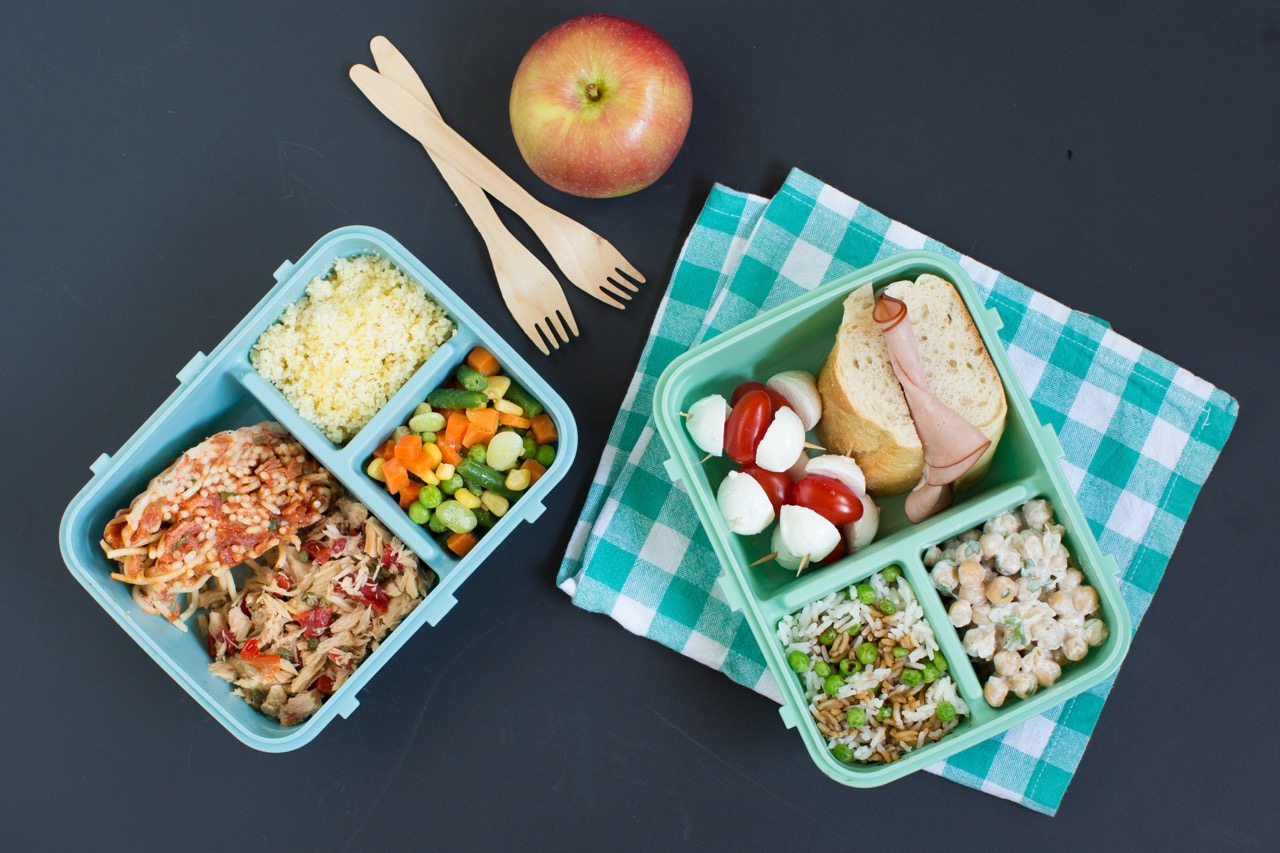
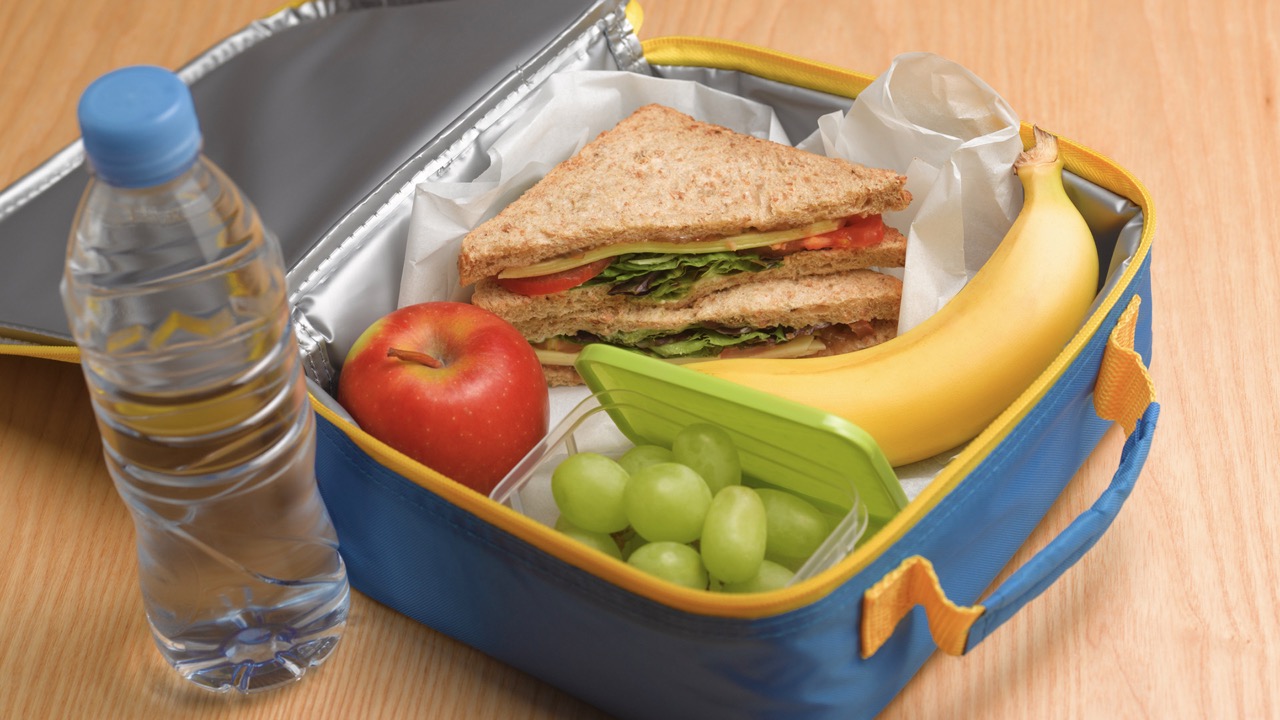
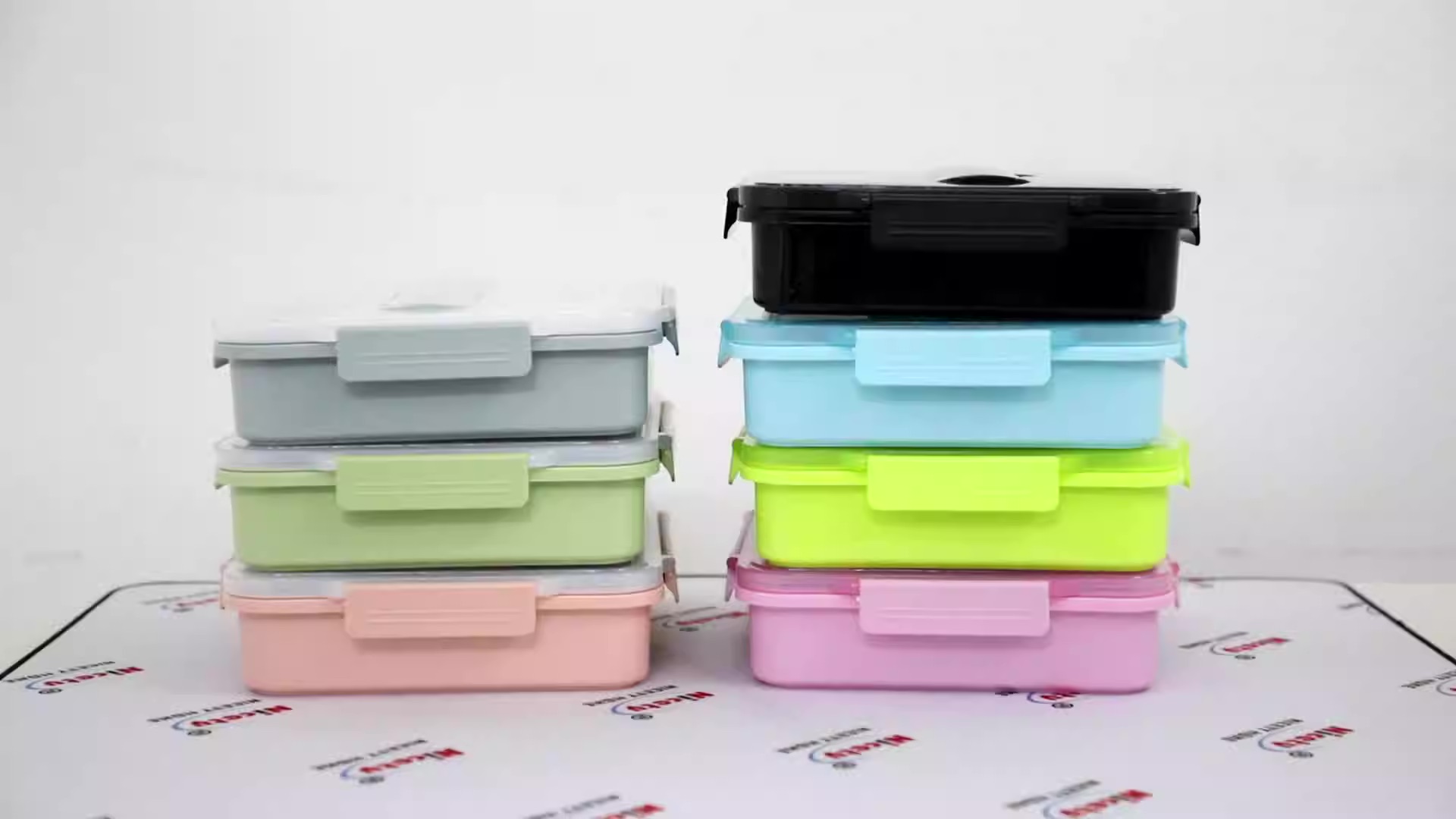
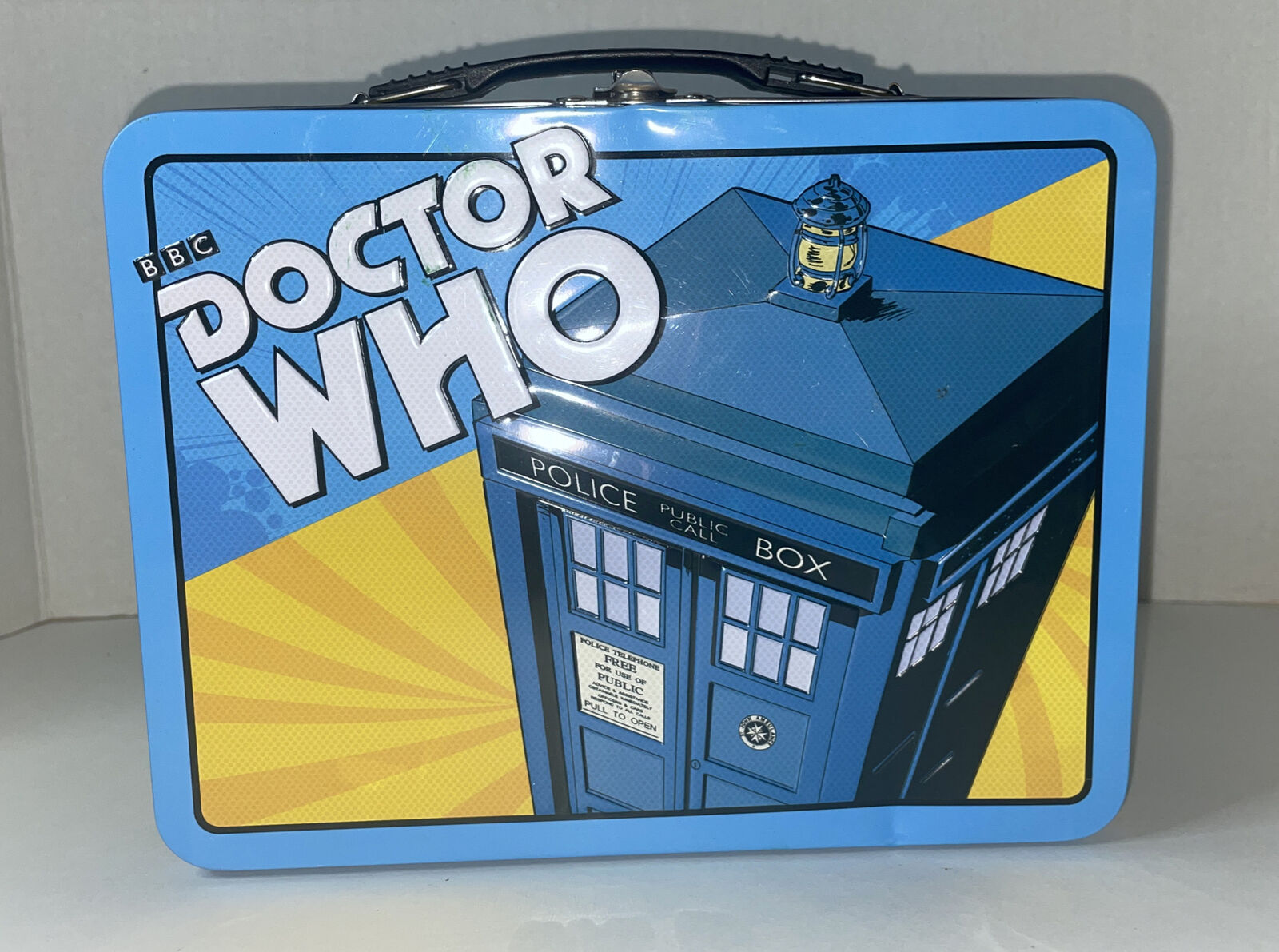
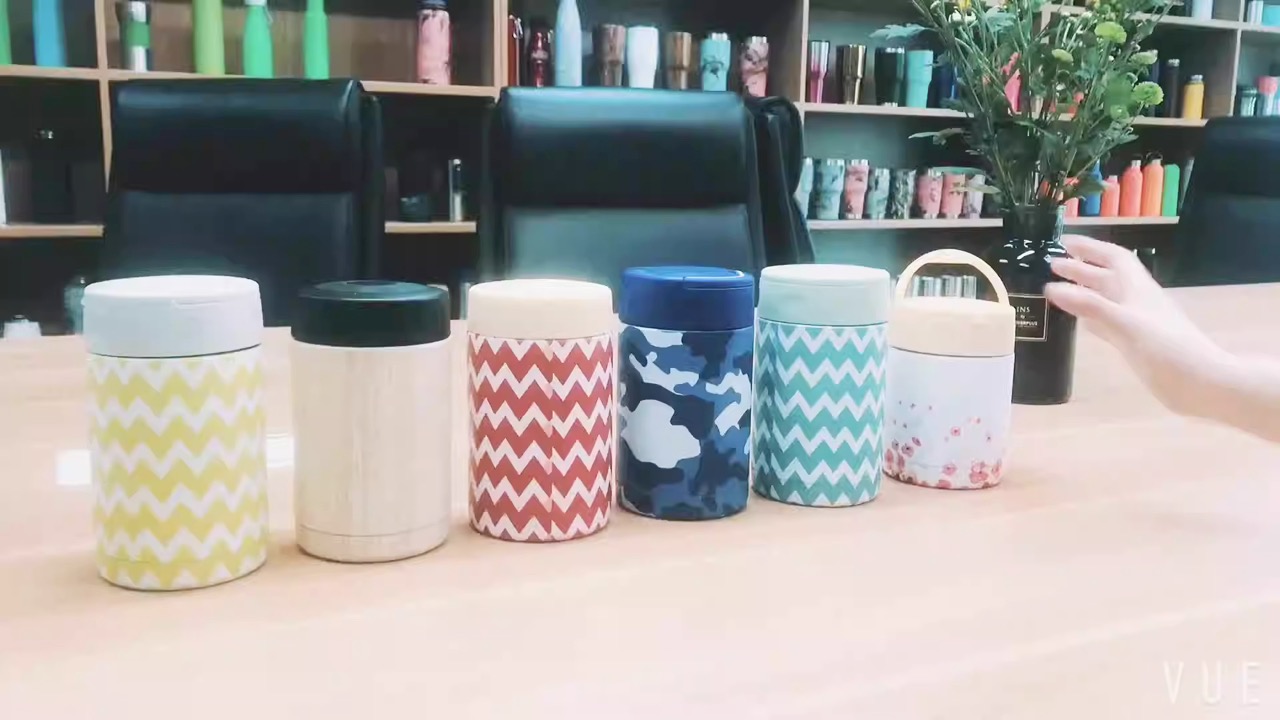
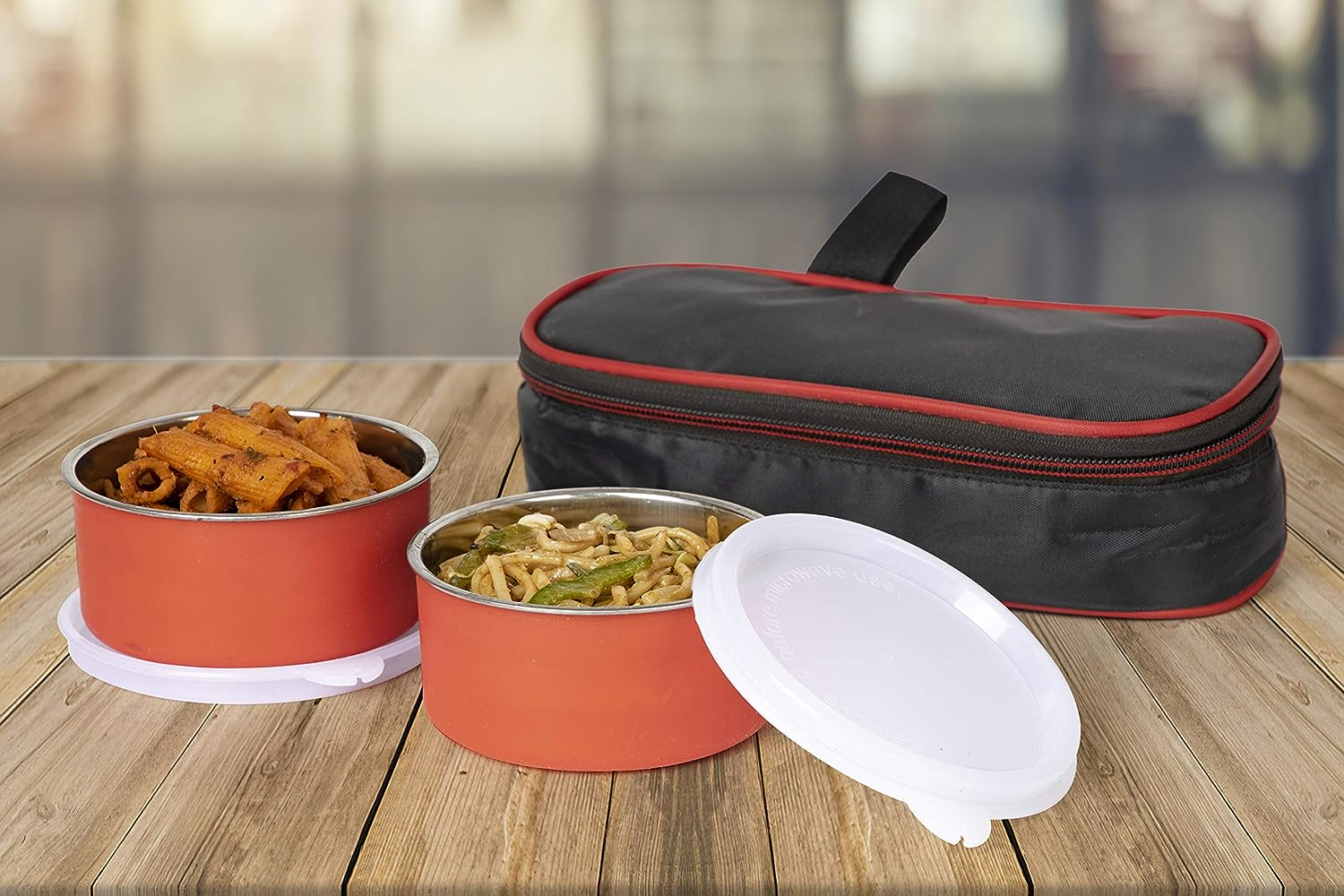
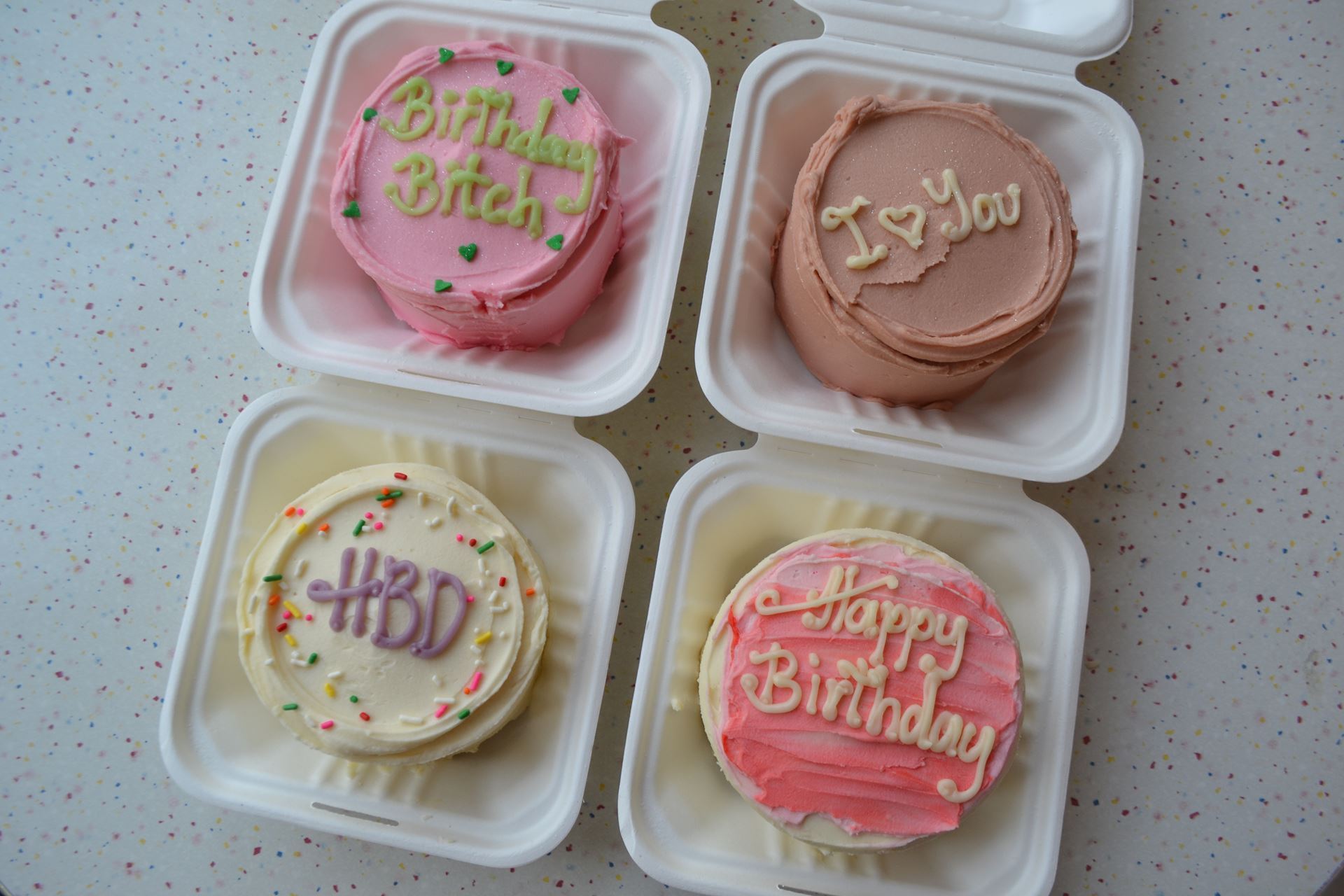
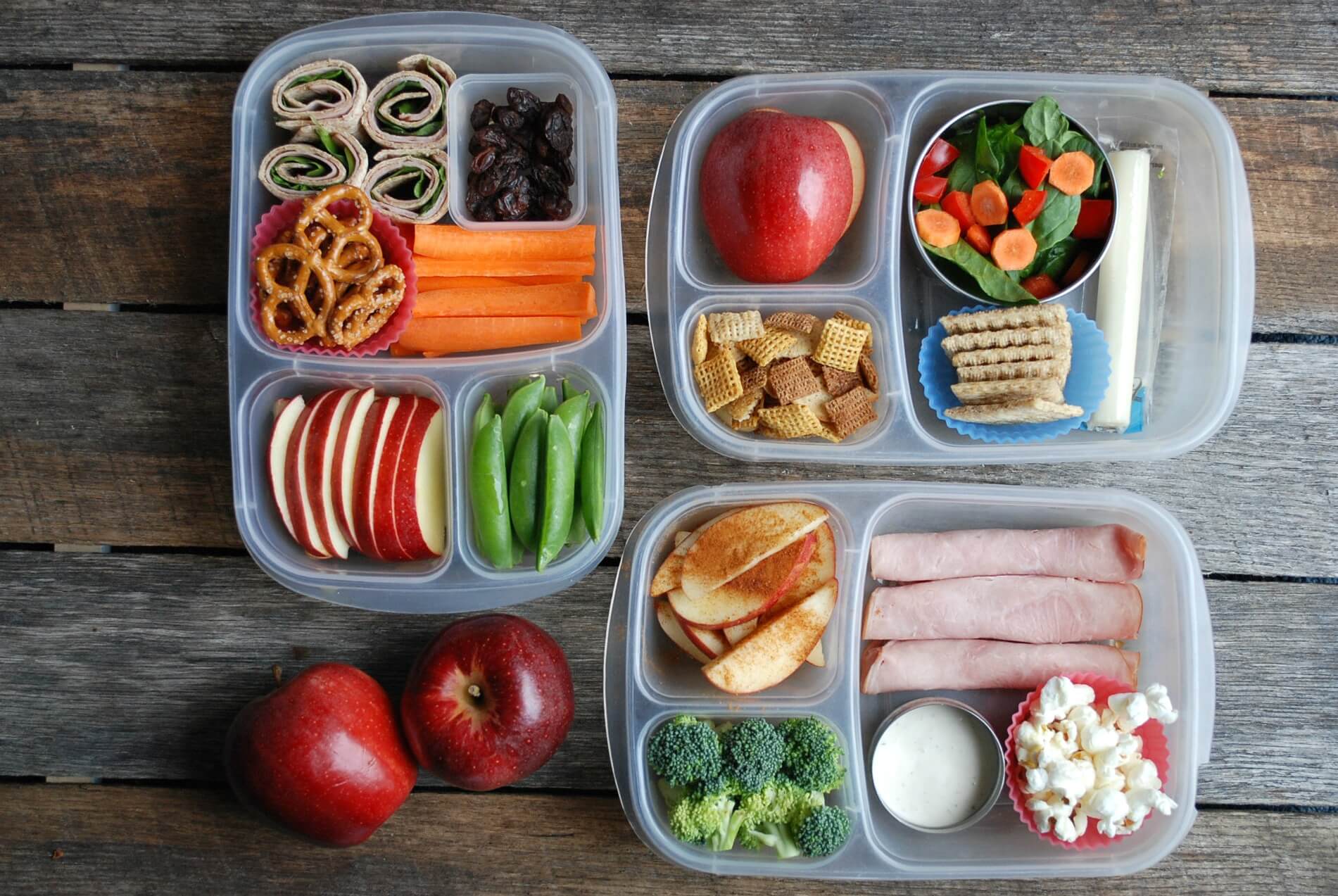
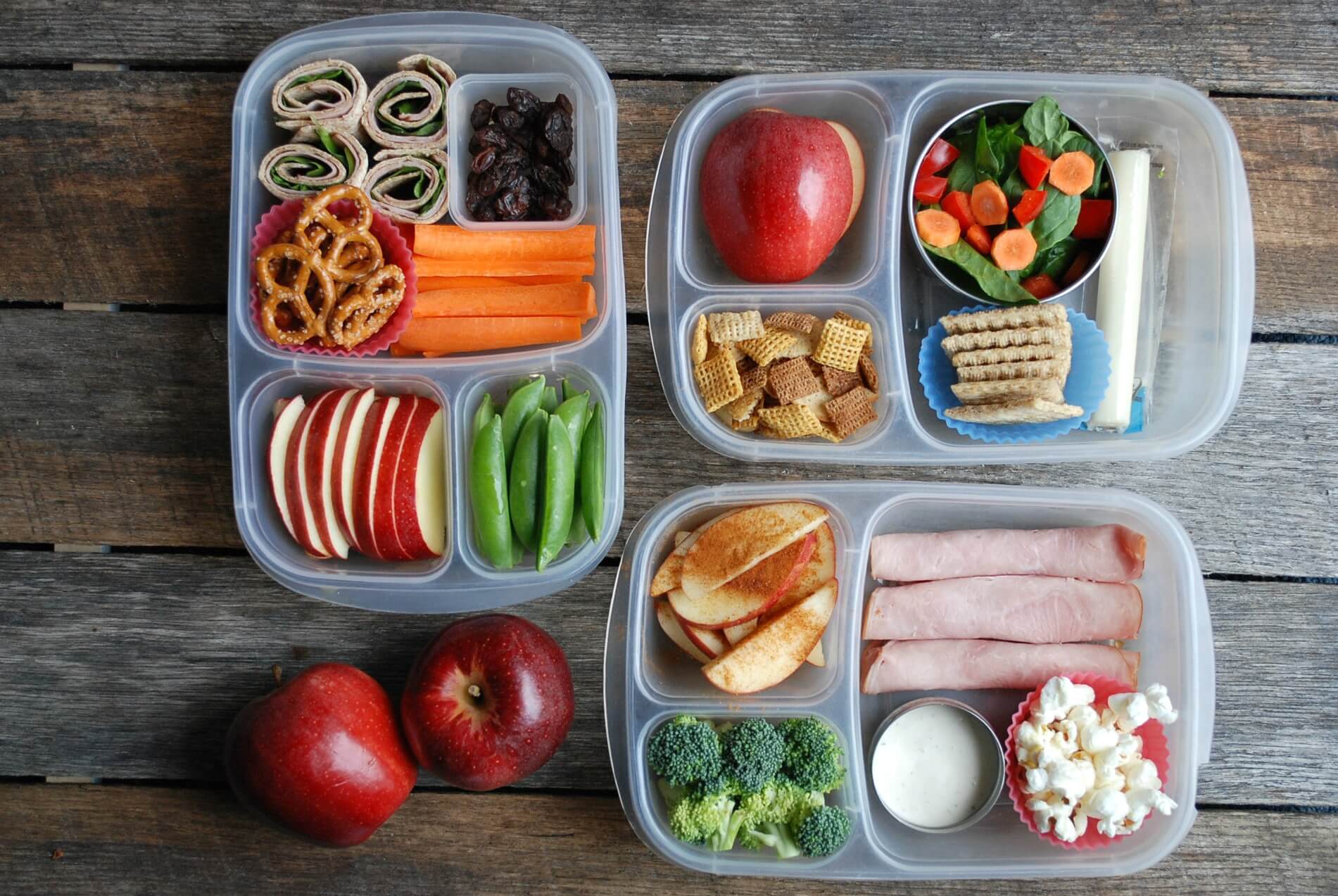
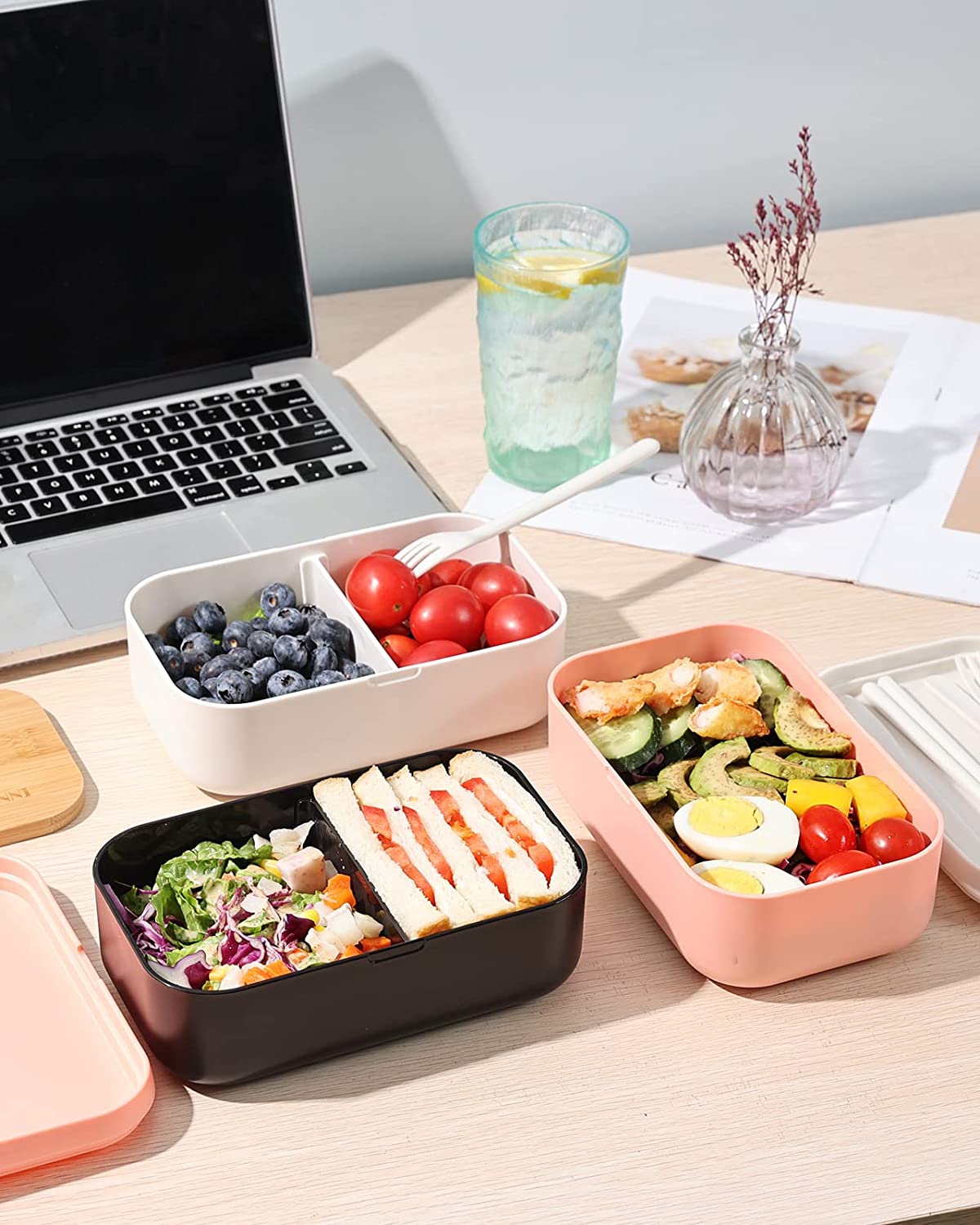
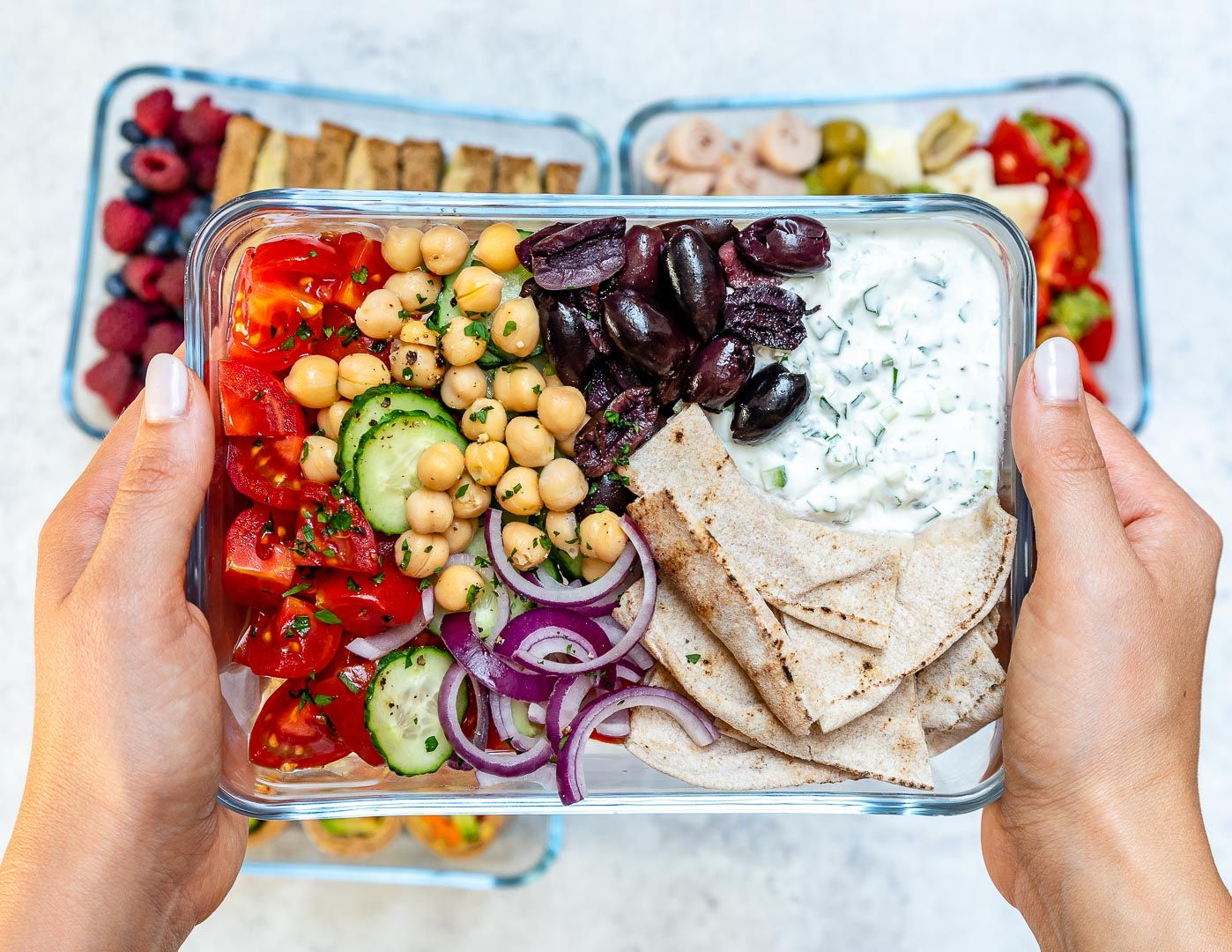
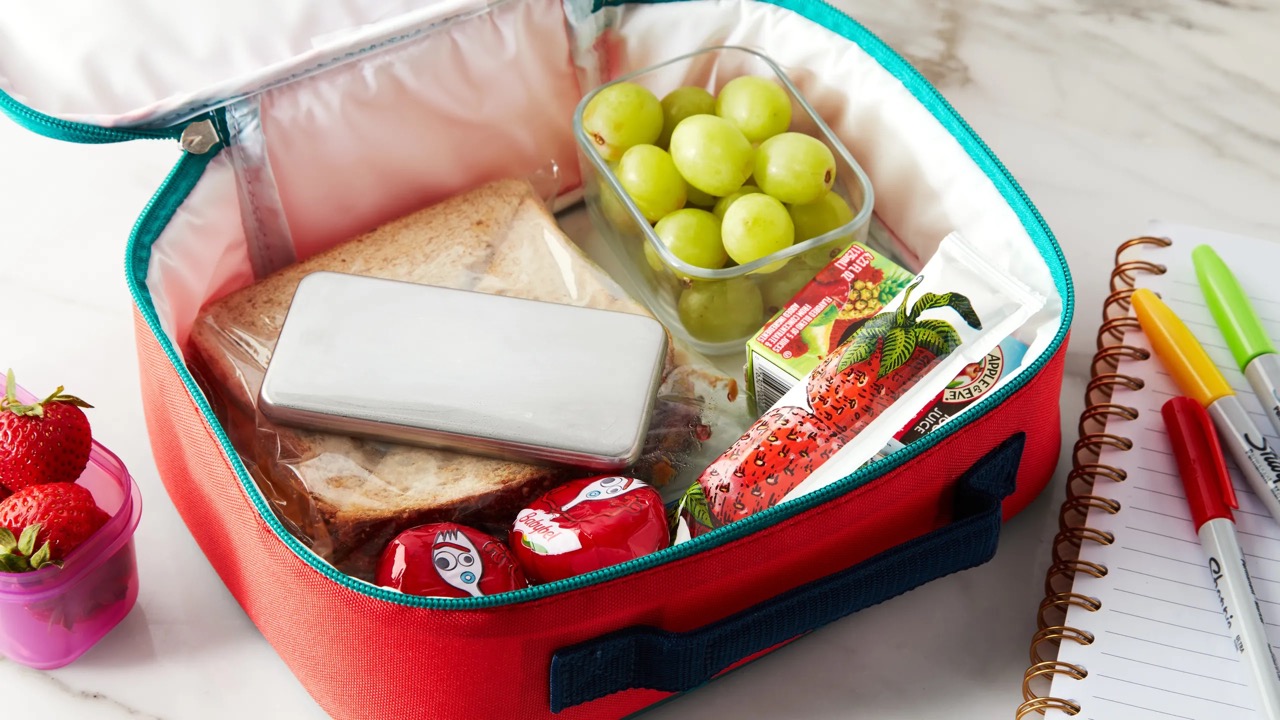
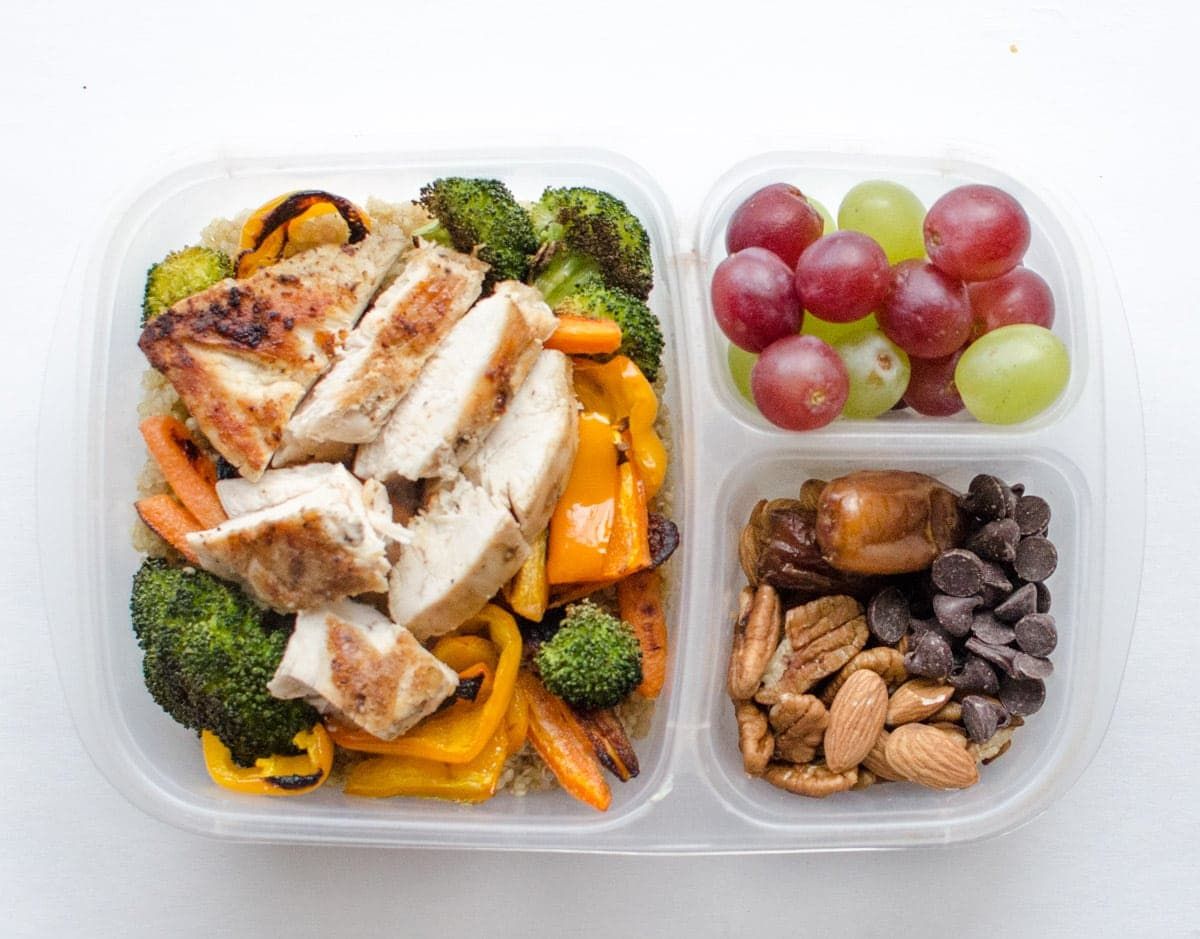
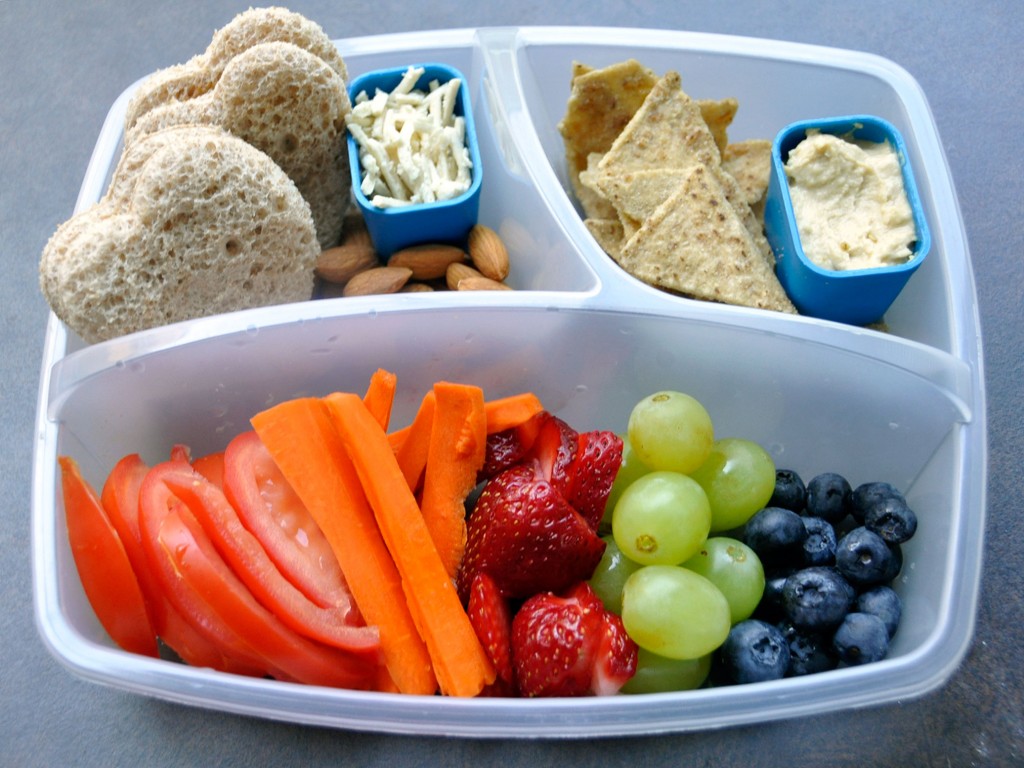

0 thoughts on “How To Make Lunch Box”